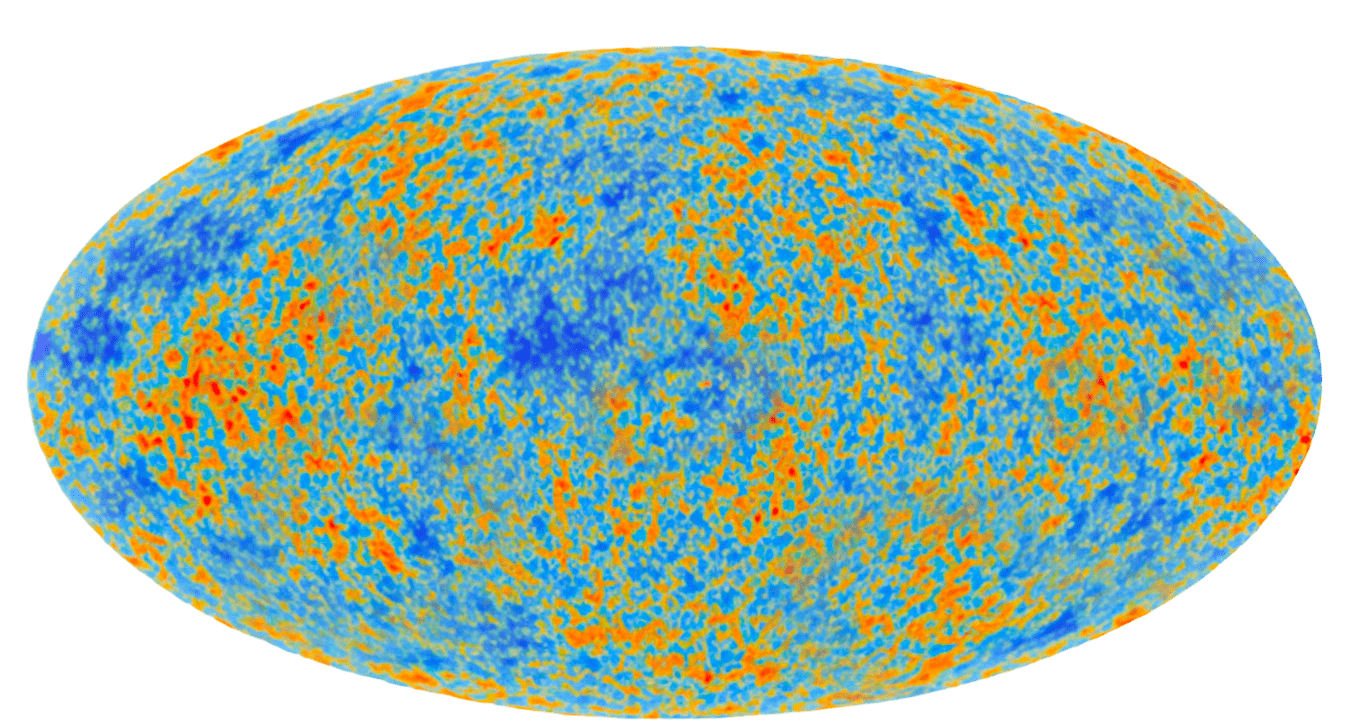Step into the fascinating world of background radiation, where secrets from the past and cosmic whispers from far-off places come to light! This mysterious phenomenon is one of the most important things in the universe, and it surrounds us all the time.
Background radiation is like a gentle shower of tiny energy bits that rains down on us from the skies and beyond. These energy bits are called photons, and they come in different flavors, like the colors of the rainbow. Some are high-energy, like the dazzling blues, while others are low-energy, like the calming reds.
Now, you might be wondering where all these cosmic photons come from. Well, the universe has a long memory, and it keeps echoes of its history in the form of radiation. Imagine it as the universe’s ancient photo album, filled with snapshots of events that happened long ago.
One of the most famous sources of background radiation is the cosmic microwave background (CMB). It’s like a cosmic glow leftover from the Big Bang, the spectacular birth of our universe. The CMB holds clues to how everything started, and it reminds us that we are connected to the very beginning of time.
But there’s more! Background radiation is like a cosmic explorer, bringing stories from distant places in space. It helps us learn about stars, galaxies, and other celestial wonders that are too far away for us to visit.
And guess what? Background radiation is essential in keeping us safe too! By studying it, scientists can detect potential dangers from nuclear disasters or nuclear bombs. It’s like having a cosmic guardian watching over us.
So, next time you bask in the sunlight or admire the starry night sky, remember that background radiation is there, whispering tales of the universe’s past and connecting us to the vastness of space. Embrace its cosmic presence, and you’ll discover a whole new appreciation for the marvelous mysteries hidden all around us.



Comments are closed